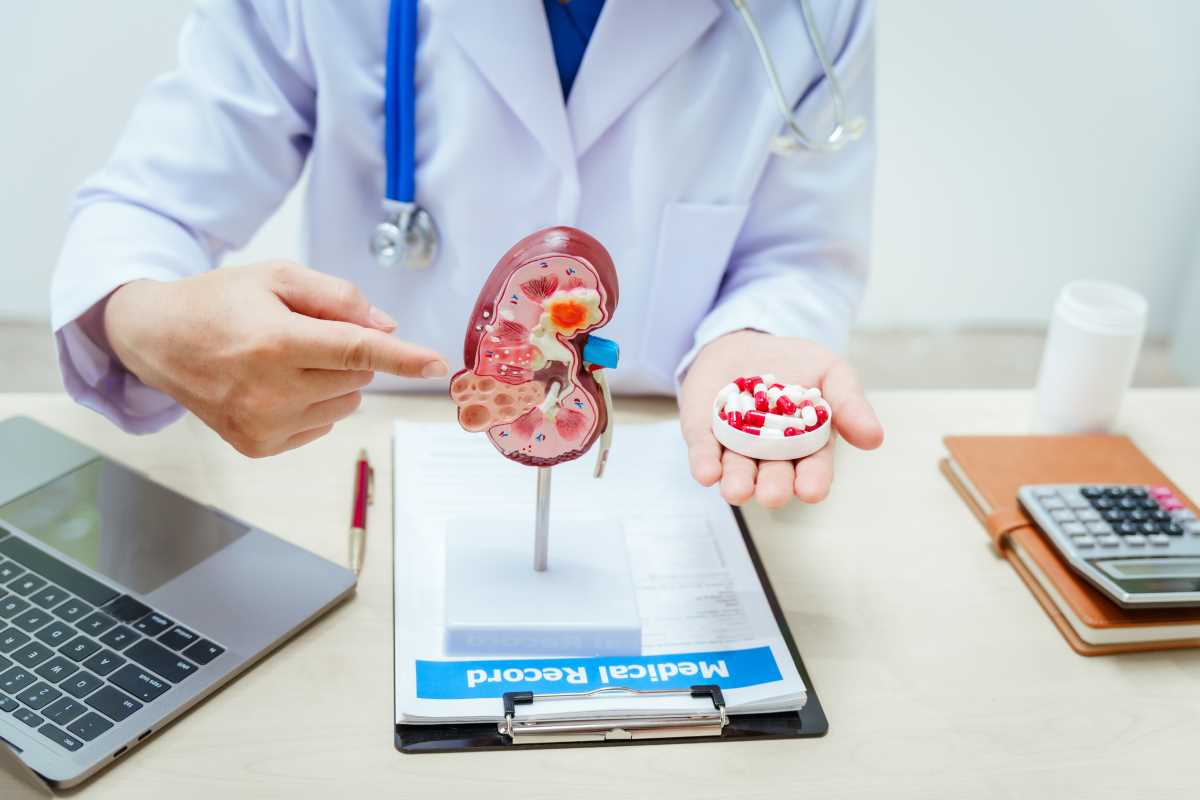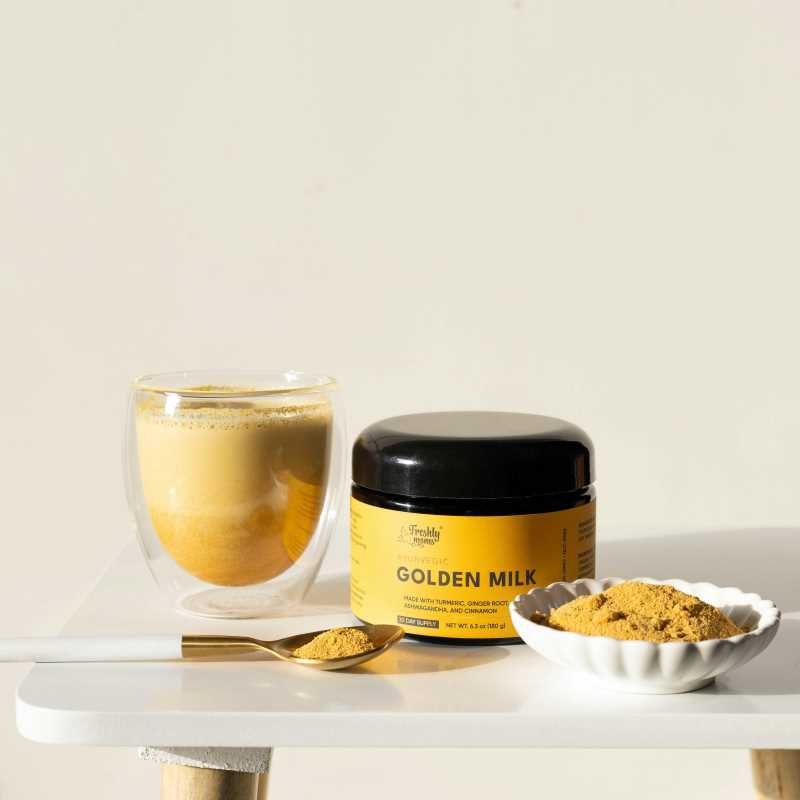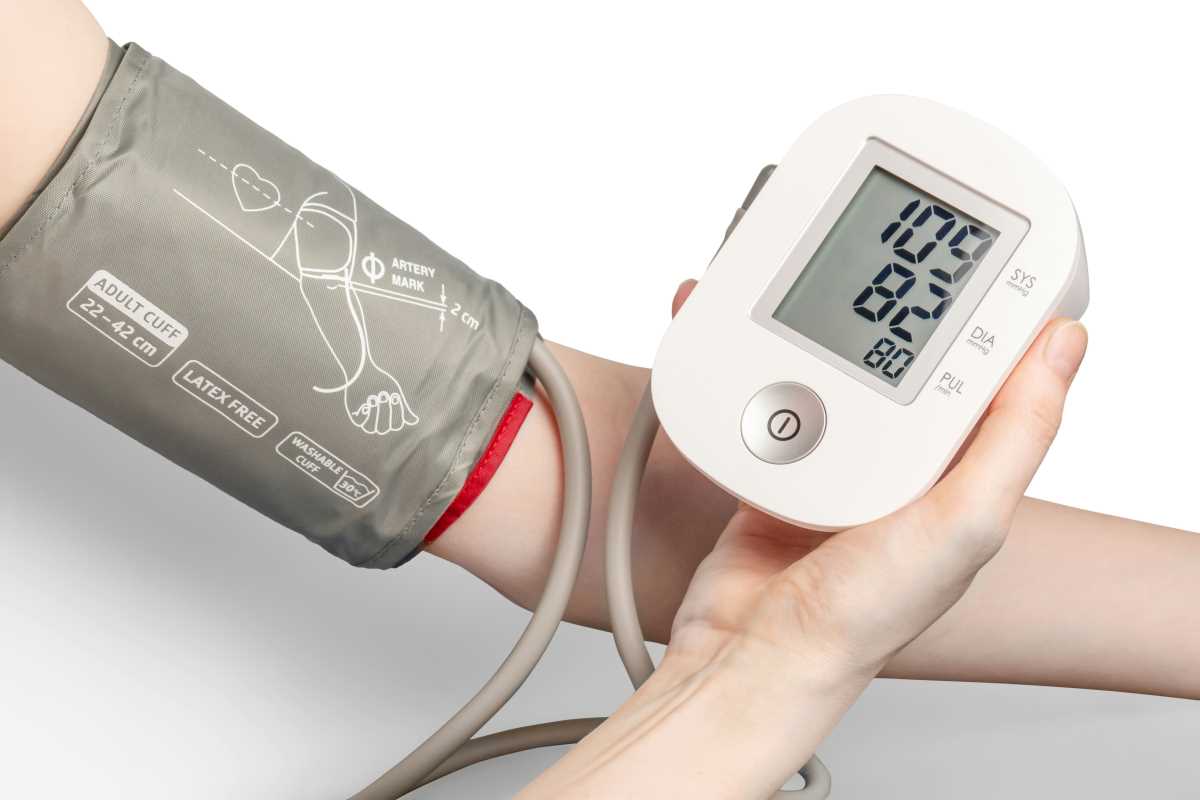Navigating a kidney-friendly diet can feel like stepping into uncharted territory. There are sodium levels to watch, potassium to manage, and a whole new approach to protein intake to consider. But with a little planning and the right information, you can create meals that are both satisfying and supportive of kidney health. Here, we’ll break down the key aspects of kidney-friendly meal planning to help you feel more confident in the kitchen and at the table.
Focusing on Low-Sodium Choices
When it comes to protecting your kidneys, keeping sodium intake in check is one of the most important steps you can take. Excess sodium can strain your kidneys, increase blood pressure, and lead to fluid retention, making life uncomfortable in ways you never signed up for. The good news? You don’t need to sacrifice flavor to go low-sodium.
Start by ditching the salt shaker and reaching for spices, herbs, and seasoning blends labeled "salt-free." Garlic, lemon, paprika, and fresh herbs like cilantro or basil can all do wonders for boosting flavor without the salty aftermath. Be mindful of processed foods, as these are notorious for hiding eye-watering amounts of sodium in even the most unsuspecting options. Frozen dinners and packaged soups, we’re looking at you.
When shopping for groceries, make it a habit to check nutrition labels. Look for products with less than 140 milligrams of sodium per serving, and consider cooking more meals at home. Homemade meals give you complete control over your sodium intake, meaning no surprises lurking in your plate of spaghetti.
Managing Potassium Like a Pro
Potassium may be good for many, but for those with kidney issues, it can quickly become a double-edged sword. While this mineral helps regulate heart function and muscle strength, too much of it can strain your kidneys and cause serious health complications. Striking the right potassium balance is all about knowing what foods to prioritize and what to limit.
Foods like bananas, potatoes, avocado, and tomatoes top the high-potassium list, so it’s wise to enjoy these in moderation. Instead, lean toward lower-potassium produce like apples, berries, cabbage, and cucumbers. Have a craving for potatoes? No worries, leach the potassium content by soaking peeled, chopped potatoes in water for a few hours before cooking. This simple step makes them kidney-friendlier without losing their deliciousness.
Here’s a tip that can make a big difference: focus on portion control. Even higher-potassium foods can sometimes fit into a meal, as long as you enjoy them in smaller quantities. Spreading your total potassium intake across multiple meals can keep levels from spiking and ease the burden on your kidneys.
Including the Right Types of Protein
Protein intake for kidney health requires a delicate balance. Since the kidneys play a major role in filtering waste products created by protein metabolism, consuming too much can add unnecessary strain. That said, your body still needs protein, especially to maintain muscle, repair tissue, and keep your immune system functioning. The key is being mindful of both quality and quantity.
High biological value (HBV) proteins, like those found in eggs, fish, chicken, and certain dairy products, pack a lot of nutritional punch in even small portions. Incorporating plant-based proteins, like tofu or lentils, is another great option, but keep an eye on your potassium and phosphorus levels when doing so. Your healthcare provider or nutritionist can help guide you in choosing the best protein sources for your specific needs.
Here are some actionable protein tips to consider:
- Stick to lean, unprocessed protein options like grilled chicken or fish.
- Experiment with egg whites as a low-phosphorus alternative to whole eggs.
- Incorporate small portions of Greek yogurt or cottage cheese (if recommended).
- Limit red meats and processed proteins like sausages or deli meats, since they’re often high in sodium and phosphorus.
Remember, when it comes to protein on a kidney-friendly diet, less is often more, but what you do eat should be as nutrient-dense as possible.
Hydration Without Overdoing It
While hydration is essential for everyone, those with kidney concerns need to approach fluid intake with care. Drinking too much or too little can both contribute to issues like swelling, high blood pressure, or even kidney stones. The goal is to find that sweet spot where you’re hydrated but not overloaded.
If your doctor has prescribed a fluid limit, measure it out to get a sense of what that amount looks like. Space out your fluid consumption throughout the day to avoid overloading your body all at once. Instead of reaching for sugary sodas or caffeine-laden drinks, opt for water infused with fresh fruit slices or herbal teas for a refreshing kick.
Pay attention to foods that naturally contain a lot of water, like soups, gelatin, and juicy fruits. These stealthy sources of fluid still count toward your daily limit, so make adjustments as needed. Monitoring your weight daily can also help you catch signs of fluid retention early and make necessary changes to your hydration routine.
Planning and Prepping Like a Pro
Good intentions can fall flat without proper planning, so having a rock-solid meal prep strategy can make or break your kidney-friendly diet. It’s not just about what you eat but how you organize your meals and snacks to stay on track effortlessly.
Start by planning your meals a week at a time. This reduces spur-of-the-moment decisions, which might steer you toward less-than-ideal choices. Cooking larger batches of kidney-friendly meals to store in your fridge or freezer is a fantastic way to stay prepared. Look for recipes that use low-sodium and low-potassium ingredients, and double-check seasoning mixes for hidden ingredients.
Another lifesaver? Keeping portioned snacks handy for when hunger strikes. Here are some prep-friendly kidney-friendly snack ideas:
- Fresh fruit options like blueberries or pineapple, served in small portions.
- Unsalted crackers with a dollop of cream cheese or hummus.
- A handful of unsalted nuts, like pistachios or walnuts, if approved by your doctor.
- Small rice cakes with a spread of peanut butter or low-sugar jam.
Prepping ahead gives you more time to focus on enjoying your meals rather than stressing over last-minute choices that might not align with your health goals.
Confidence and Flavor
Following a kidney-friendly diet may seem like a challenge, but it’s far from impossible. By focusing on flavorful, low-sodium meals, managing potassium, making smart protein choices, and mastering hydration and meal prep strategies, you can enjoy meals that nourish your body and support your health goals.
These adjustments don’t have to feel restrictive, in fact, they can be an opportunity to discover new ingredients and recipes you may not have tried otherwise. Remember, your meal plan isn’t about perfection; it’s about building habits that help you feel your best. With a little creativity and preparation, eating for your kidneys can be not only healthy but deliciously rewarding.
 (Image via
(Image via





